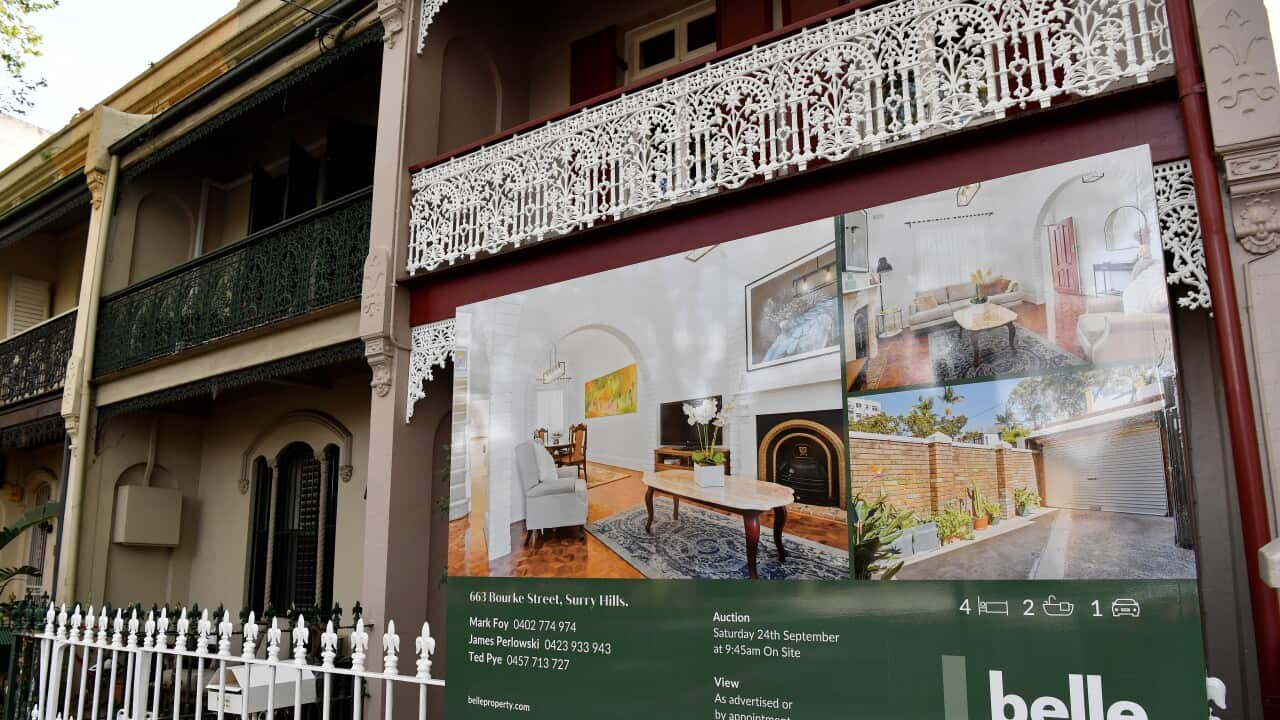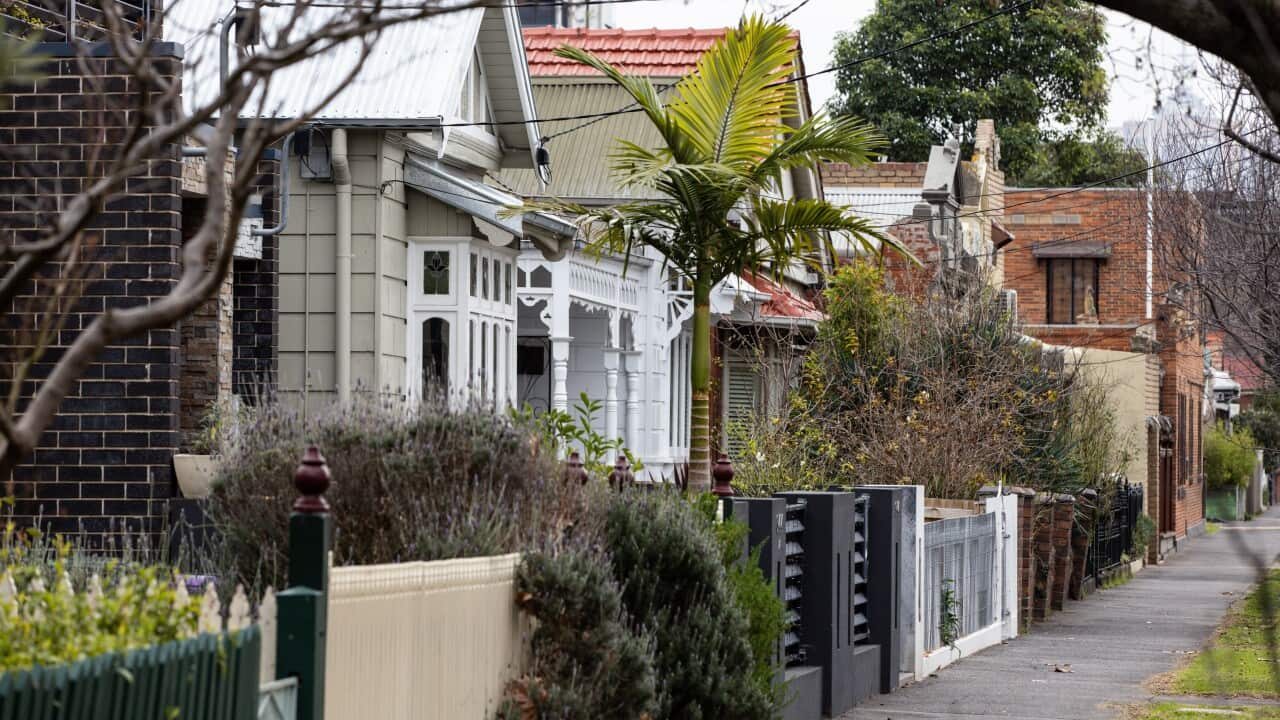Key Points
- RBA governor Philip Lowe said he was concerned banks were not passing on higher interest rates to deposit accounts as fast as they were hiking rates on mortgages.
- But he said high rates of refinancing were forcing banks to discount to attract new customers.
- Refinancing for owner-occupiers hit $13 billion in December.
The Reserve Bank has urged borrowers and savers to keep hunting down better deals to put pressure on banks to offer competitive rates.
RBA governor Philip Lowe said he was concerned banks were not passing on higher interest rates to deposit accounts as fast as they were hiking rates on mortgages.
But he said high rates of refinancing were forcing banks to discount to attract new customers, with the average mortgage rate reflecting only 260 basis points of cash rate increases.
"So even though the posted rates that banks charge have gone up 300 basis points, the actual rates that people pay have gone up substantially less than that," Dr Lowe told a parliamentary committee on Friday.
"If people are switching, the banks have to respond."
Deputy governor Michele Bullock said there were record rates of refinancing, with households continuing switching habits developed during COVID when they had ample time to sort out their finances.
Refinancing for owner-occupiers hit $13 billion in December, according to Australian Bureau of Statistics data, just below the record $13.4 billion set in November.
"People are moving and this is actually, I think, probably a bit of contrast to a few years ago when people didn't really move," Ms Bullock said.
The Australian Competition and Consumer Commission is investigating how banks set interest rates for depositors and mortgage holders to check cash rate increases are being passed on fairly.
Central bank officials also outlined their projections for negative equity rates under the bank's central forecasts for easing growth and higher unemployment over the next two years.
Less than 0.5 per cent of home loans are now in negative equity, which is where a mortgage on a property exceeds its market value.
Assistant governor Brad Jones said if home prices fell another 10 per cent, the share of loans in negative equity would be one per cent, and if prices plummet another 20 per cent, the share of loans in this position would be four per cent.
"A big reason for this is that loans during the pandemic were increasingly written at this quite, by historical standards, low loan-to-value ratios," Dr Jones said.
"That has engendered a fair amount of resilience in household balance sheets with respect to their ability to withstand a decline in housing prices without falling into negative equity."
Dr Jones said there was a lot of resilience to rising interest rates at an aggregate level but higher loan repayments were having an "extremely uneven" impact on individual borrowers.
"On one hand, you've got around half our variable rate owner-occupiers who are more than one year ahead on their mortgage payments, in fact, about a third are more than two years ahead.
"At the other end of the distribution, we observe around 10 per cent of variable rate unoccupied borrowers who have got virtually no spare cash flow after they meet their mortgage payments and their living costs."
He said there was no question some households were hurting and that the central bank was considering the disproportionate impact of rate rises as part of its monetary policy decisions.











